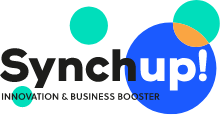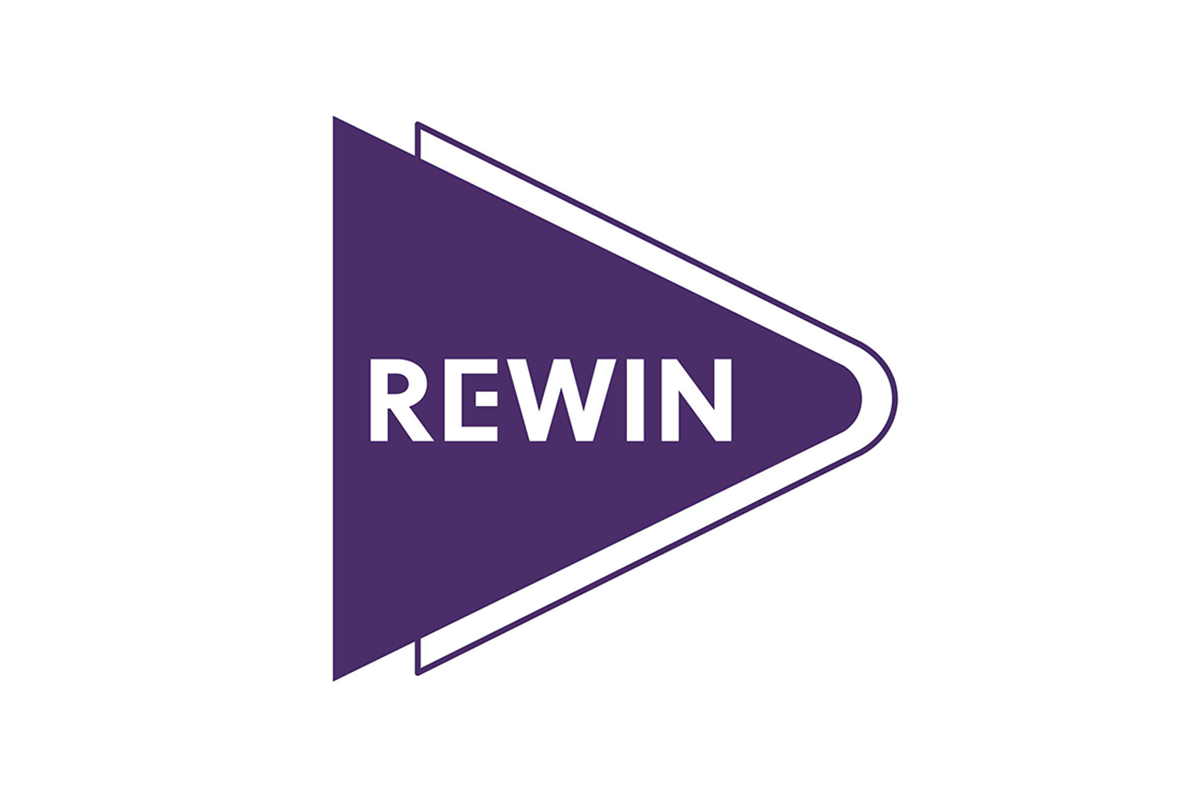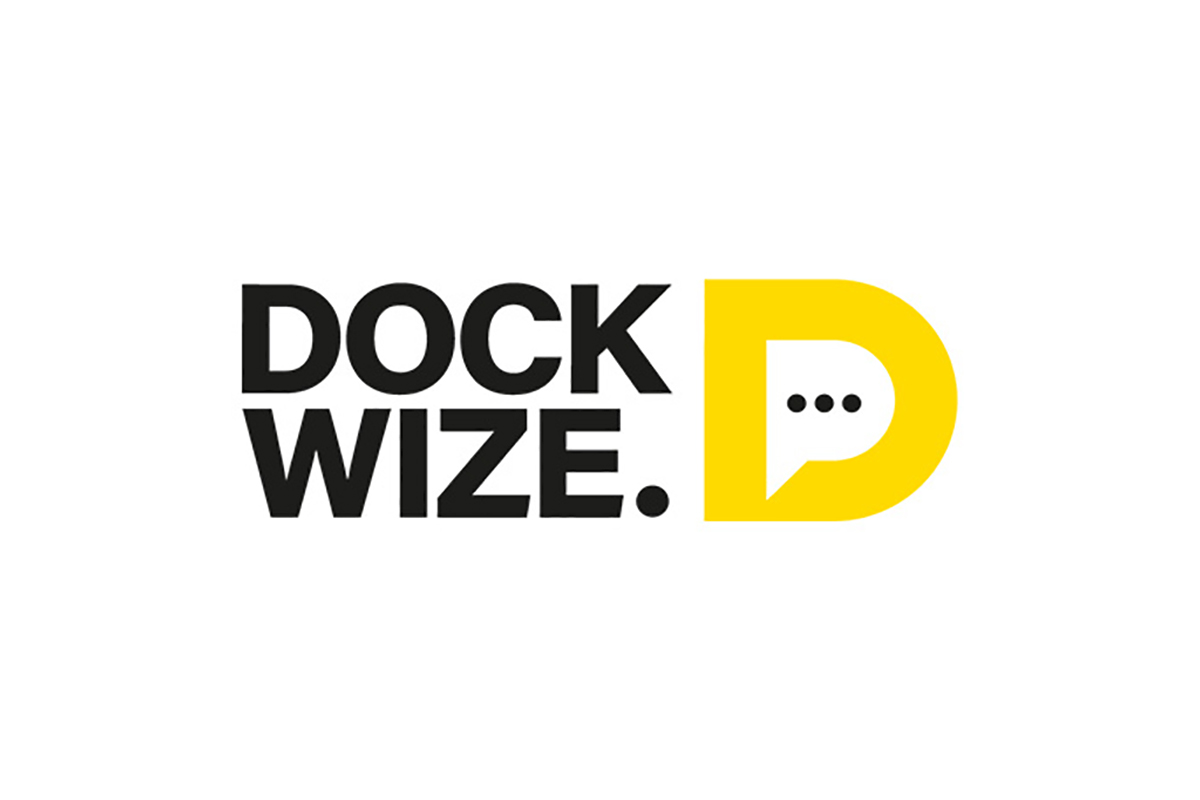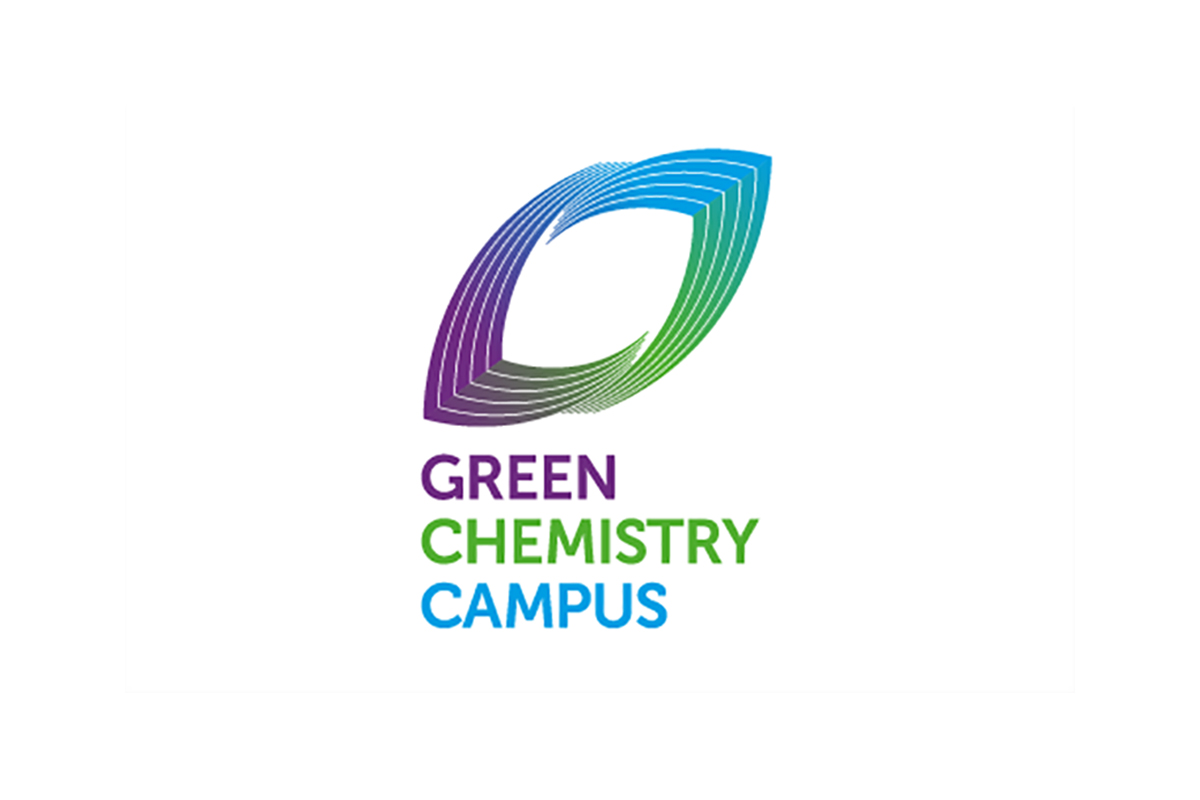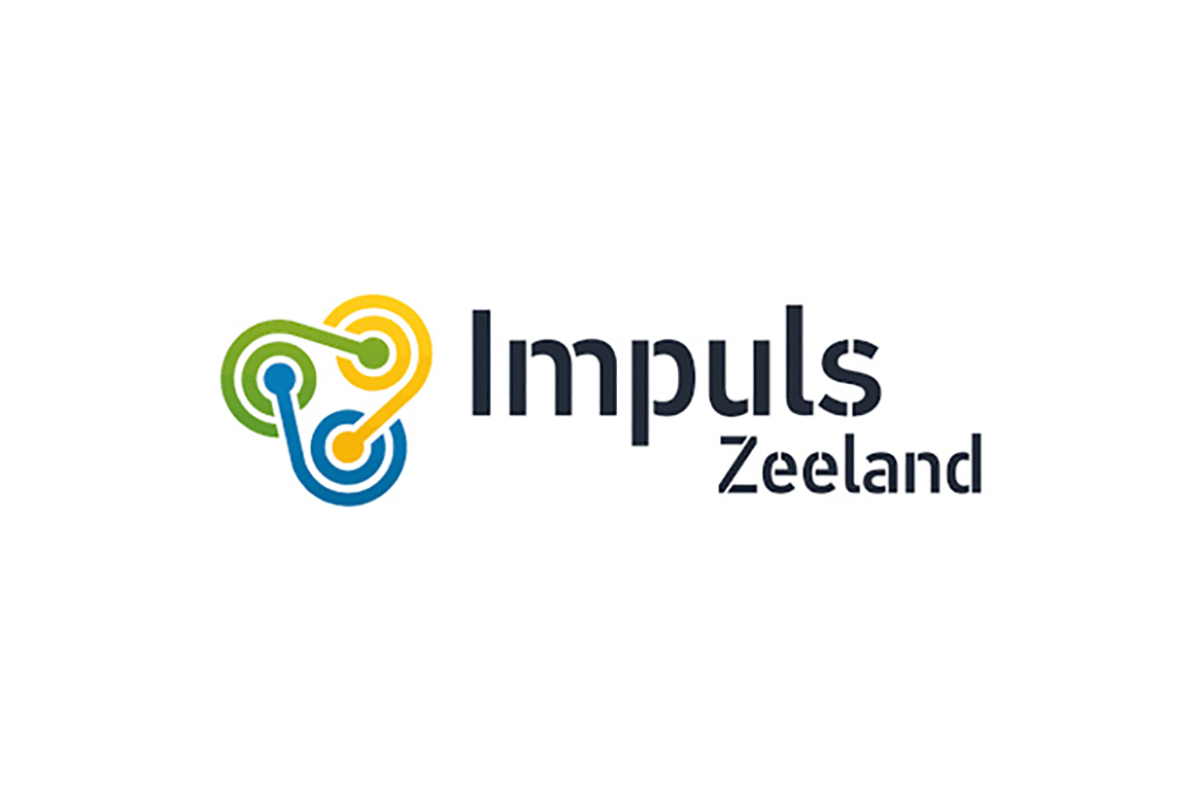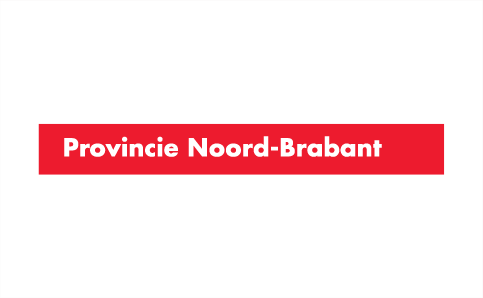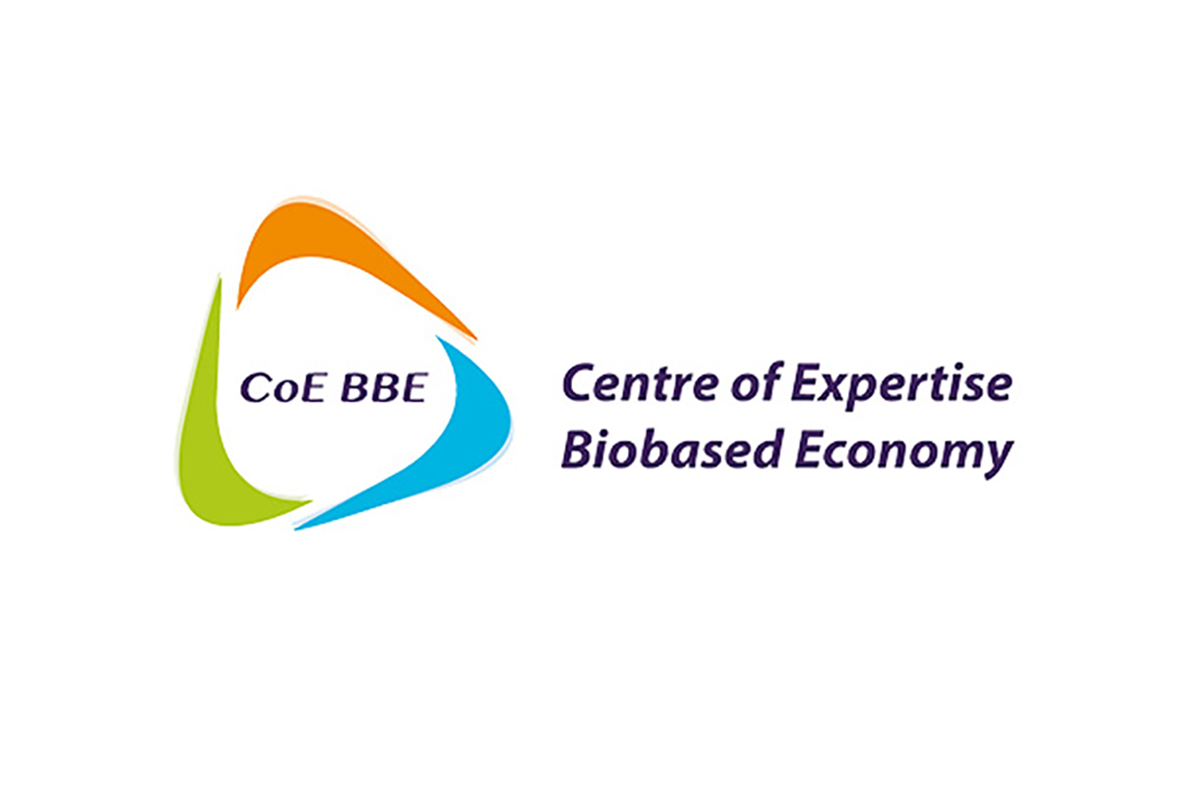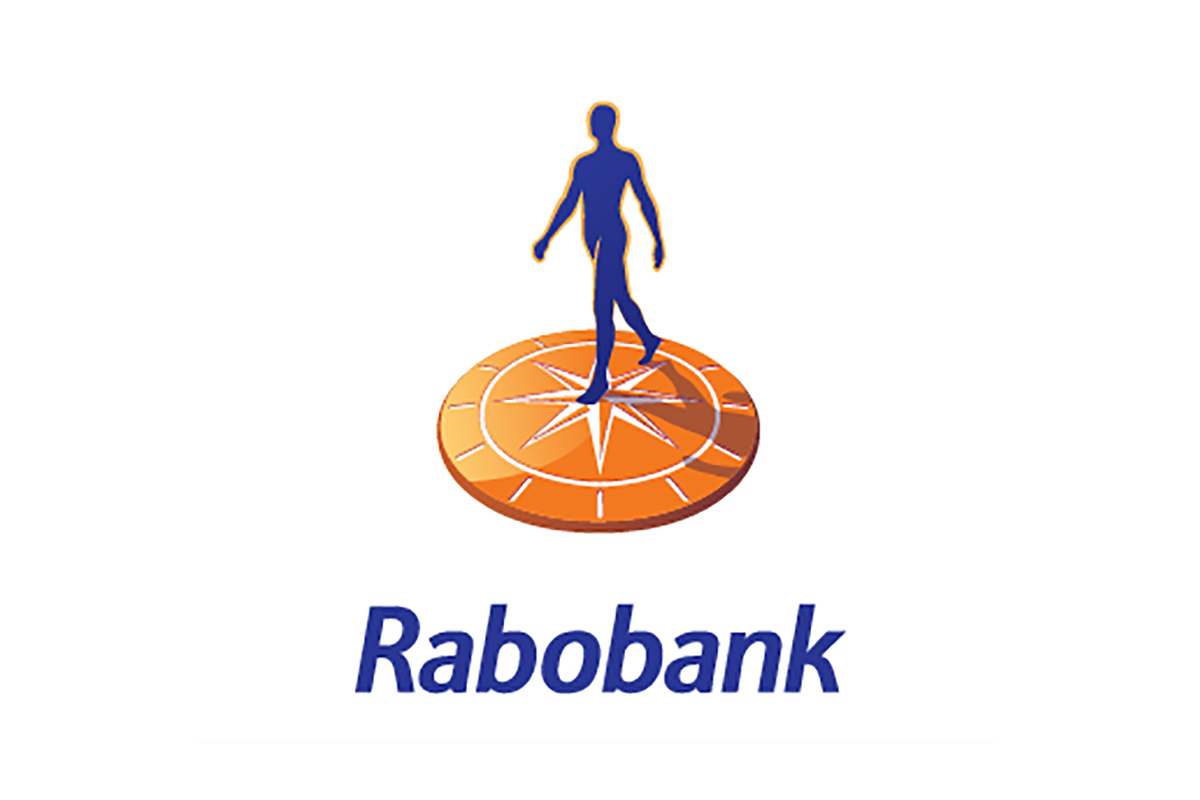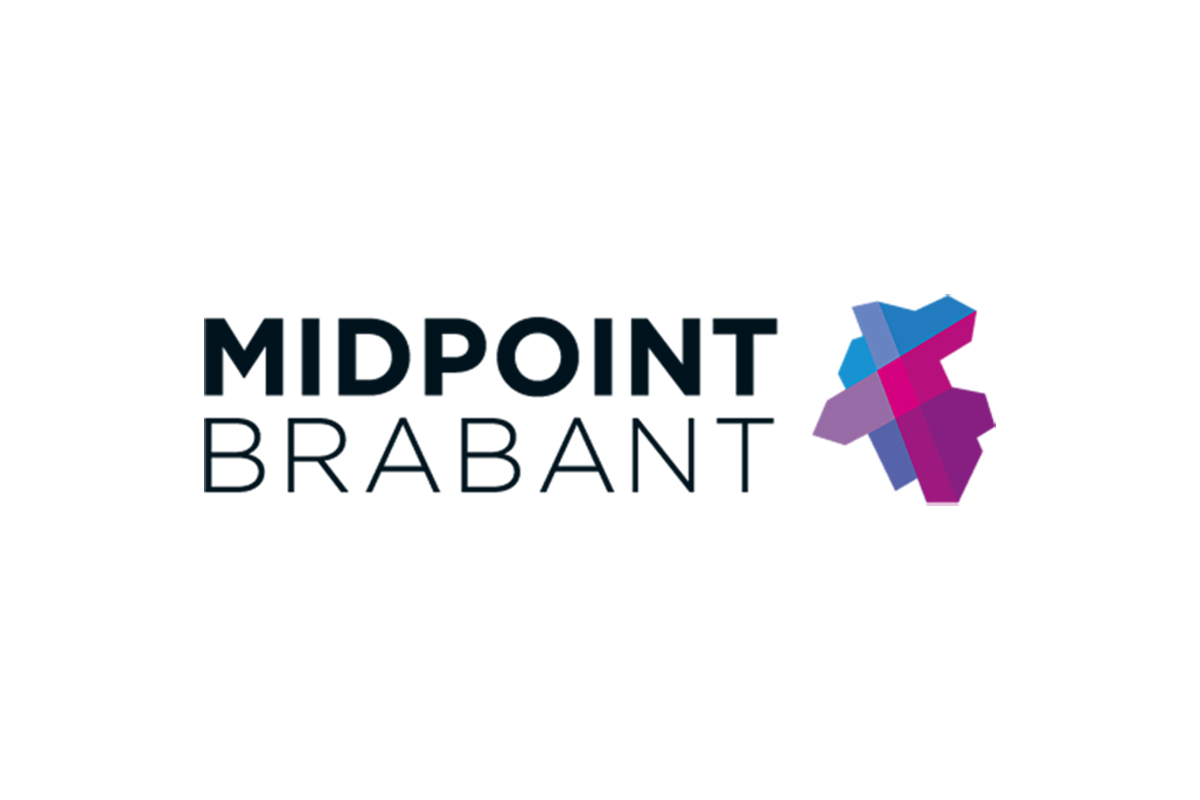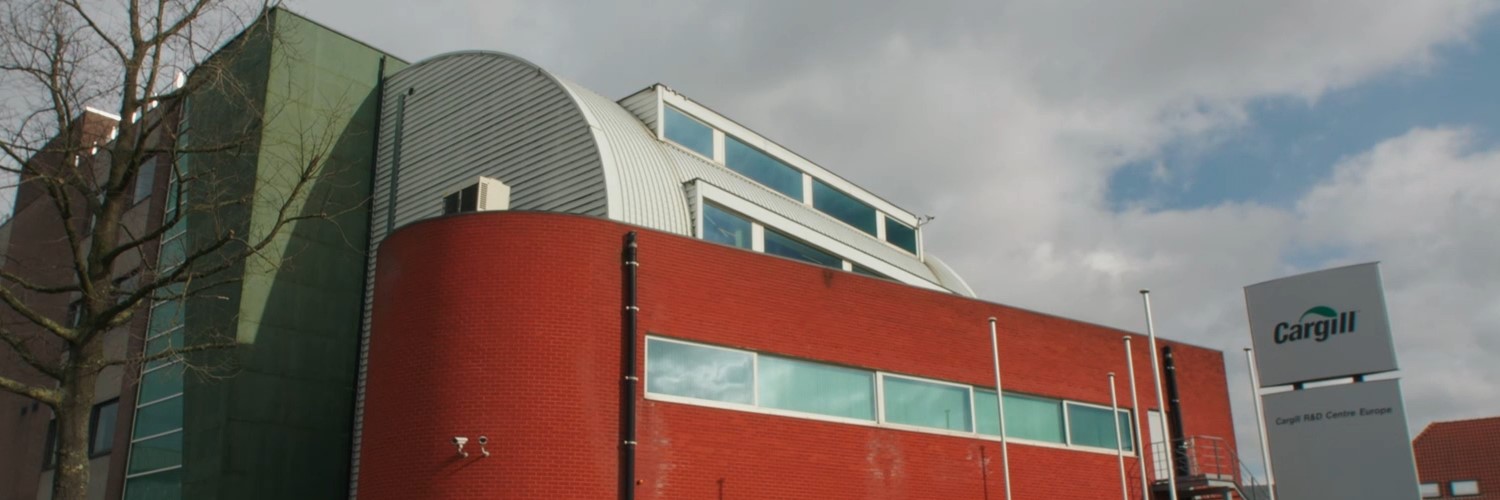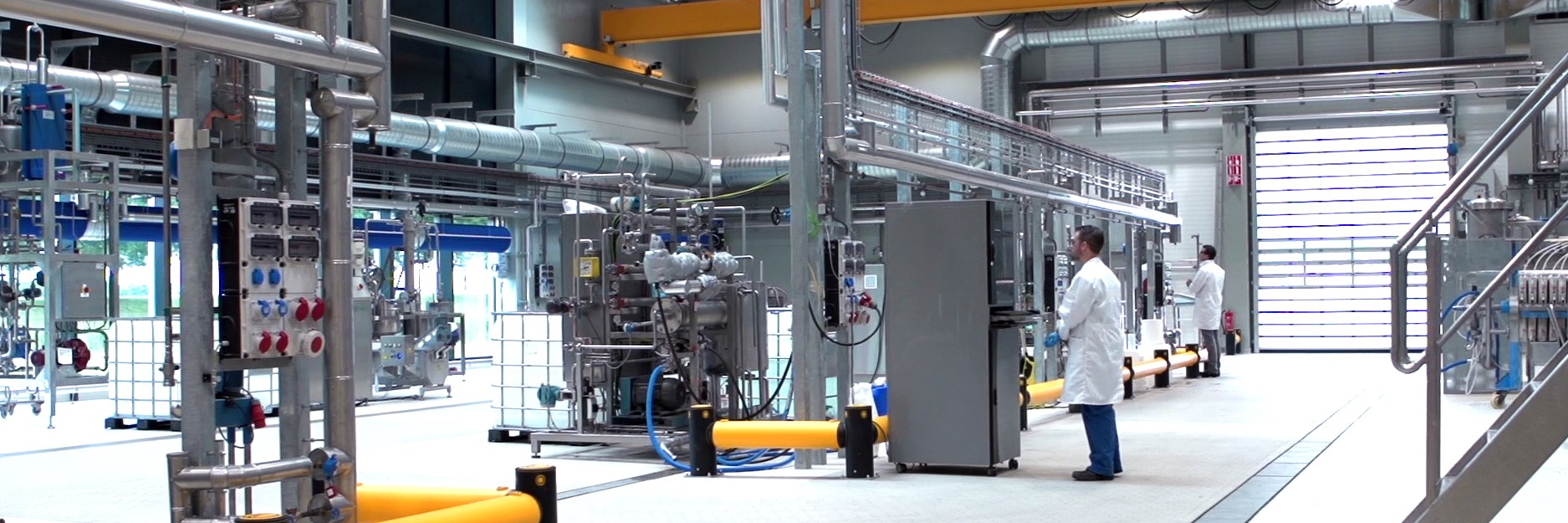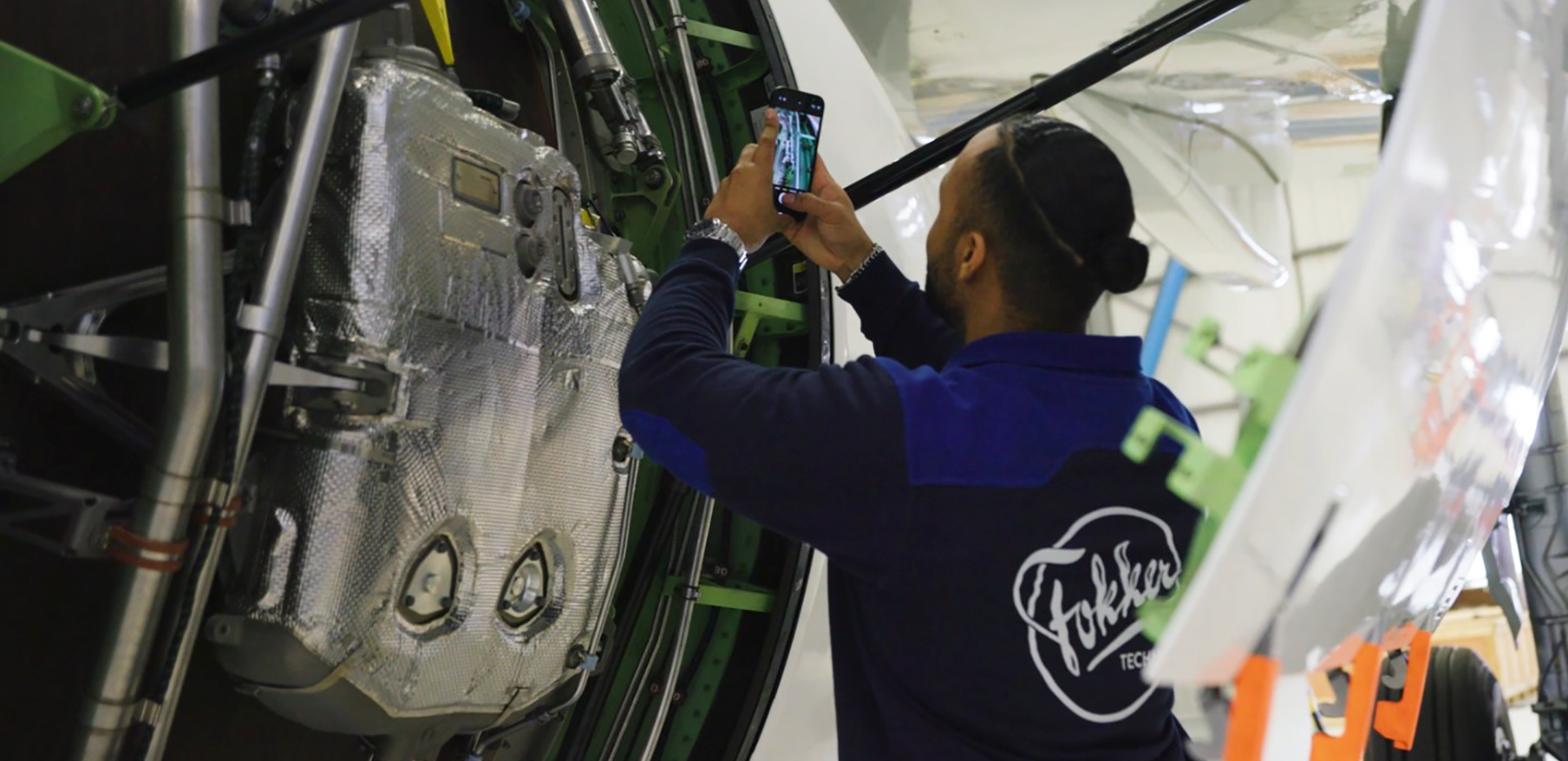How can we ecologically prevent the macro-pollution (mussels and oysters) in our seawater cooling system?
In the process industry, seawater is used to cool process streams, but to prevent macro-pollution due to the growth of bivalves such as mussels and oysters in the inlet station and pipelines, this water must first be treated. Mussels and oysters attach to surfaces as larvae, a few millimetres in size, before reaching their mature size of more than 10 centimetres. The most commonly used method is the application of sodium hypochlorite, but much of the free sodium hypochlorite is lost due to reactions with organic compounds that occur naturally in seawater, leading to the unintentional formation of organic chlorine compounds. In addition, the calcium present in the seawater forms hard deposits when it comes into contact with free sodium hypochlorite, causing relatively high maintenance costs to guaranteed the continued functioning of the dosing system.
The seawater is pumped up from the Westerschelde by a permanent pumping station, which is equipped with a prefilter and belt filter to prevent macro-pollution. From the pumping station, the water first passes through surge towers to prevent siphoning, before being led towards the plants where it is used as a coolant for process flowers. The current chemical treatment process consists of applying sodium hydrochlorite at various points of the initial part of the seawater distribution network.
From a production point of view, clogging caused by the accumulation of macro-pollution in the cooling water pipelines and heat exchangers is a serious problem. Ultimately, this results in production losses due to reduced heat transfer and malfunctioning heat exchangers. Hard deposits in the dosing system caused by the chemical reaction of sodium hypochlorite and calcium lead to additional maintenance costs.
The Terneuzen plant pumps up seawater at a rate of approximately 10 m3/s, adding approximately 1 to 2 mg/l of sodium hypochlorite. Terneuzen is the only plant that uses seawater as coolant, but there are several other major users of seawater in the Netherlands. On top of that, there are several other production sites owned by Dow and other processing companies that use untreated river water, where the same problems occur.
The innovation objective is twofold: effective ecological seawater purification and the elimination of macro-pollution. Ideally, the solution should also work for freshwater systems, so that it can also be used at other production sites. In freshwater systems, the growth of exotic species such as zebra mussels presents a similar problem.
What are we looking for?
The objective is to find an ecological alternative to sodium hypochlorite to prevent the bio-fouling by mussels and oysters in the coolant system, subject to the conditions that the proposed method may not form unwanted halogenated products and is at least as effective as the current method. The proposed technique/solution may still be in the testing phase, provided that it can be proven to be effective by means of a pilot with a sub-stream without adversely affecting the production process. The current method with sodium hypochlorite prevents bio-fouling in the systems, but the prefilter, belt filter and sodium hypochlorite injection system do require frequent maintenance.
What aren’t we looking for?
Alternative halogenated oxidising agents which, to some extent, form organohalogen compounds.
What’s in it for you?
We are looking for a partnership to take promising technologies from the idea phase to the lab scale and a pilot installation.
Dow Benelux is a subsidiary of Dow Chemical, one of the world’s leading Materials Science companies. Our ambition is to become the most innovative, customer-centric, inclusive and sustainable Materials Science company in the world, and we are always on the lookout for partners to achieve our ambitious goals.
Along with our network partners, we are always looking for innovative solutions to minimise the impact of our industry on the environment.
We are an active member of the Institute for Sustainable Process Technology (ISPT), which sees us working with other companies and knowledge institutes to develop and implement sustainable processes.
We are also an active member of Capture, an initiative set up by the University of Ghent to accelerate radical technological innovations in the field of sustainable resource recovery through multidisciplinary collaboration between stakeholders with a clear focus on valorisation.
On top of that, we participate in various EU-funded cross-company consortium projects dedicated to resource recovery and the use and re-use of industrial wastewater.
- Chance to win a €20,000 contract to develop and test a prototype/pilot with us.
- Chance to work in a testing environment.
- Interesting partner network.
- Chance of a follow-up project, opportunity to scale up the pilot, or a lasting partnership after a successful pilot
- On top of that, you can count on the support of and cooperation with creative, inspiring specialists who will challenge you to keep improving your product.
How can BioVoice benefit you?
An Innovation Contract. After concluding an innovation contract, you can get started with the development process. You’ll have access to:
- funding (€10,000 vouchers, to be spend in the regional ecosystem on, for example, lab- and demo-facilities, NDA or IP advice, etc.)
- (international) markets
- knowledge and partners
- resources and research facilities
- business and upscaling opportunities
- and: a launching customer!
The BioVoice program
BioVoice is an initiative of REWIN West-Brabant, Green Chemistry Campus, the joint Rabobanks of Southwest Netherlands and the province of North Brabant. Dockwize, Impuls Zeeland, Centre of Expertise Biobased Economy and Midpoint Brabant have also joined as implementation partners. Together, we want to give innovative entrepreneurs and up-and-coming biobased/circular talents the space and opportunities to develop and market their idea/product, so as to achieve our common goal: accelerating the transition to a sustainable economy. BioVoice is made possible by financial contributions from the Regional Deal for Central and Western Brabant, the Province of North Brabant, the Province of Zeeland and Rabobank.
Conditions for participation
- We are looking for innovative solutions, so we are open to all serious entries.
Your pitch (max 6 pages / 18 slides)
- Concept description: Describe your concept in as much detail as possible.
- Pilot description: Please provide a brief description of what it will take to prototype and/or pilot and what you will need from us to do so.
- Team description: Provide a brief description of the company and team that plans to work on the pilot.
There are no formal requirements for the pitch (presentations, slide decks & letters are all allowed), apart from the fact that it must be uploaded as a PDF file (A4, landscape or portrait) with a max. size of 30MB. Videos, example websites and so on can be included as links.
Timeline
- 2nd March 2020: Challenge launches – open for entries
- 8th May 2020 – 17.00 uur: Challenge deadline – entries must be submitted before 5 am
- 15th May 2020 at the latest: Shortlist announcement – Announcement of which start-ups/scale-ups will be invited to introduce and explain their solution
- Week of 25th May or 1st of June: Digital introduction talks challengers/entrants + information sessions on IP and NDA’s
- September ‘20: Work sessions, during which challengers & entrants seek to conclude innovation contracts + voucher granting
- End of September 2020: Closing event – celebrating the innovation contracts and partnerships resulting from the challenge + voucher hand-outs
- June 2020: Start of development & partnership (pilot)
Questions?
If you have any questions about this challenge, please head to the contact options below. For more information about the challenge program, click here.
Background information
In Terneuzen, Dow operates three naphtha crackers (LHC 1, 2 and 3, with LHC standing for Light HydroCarbons), which form the heart of the company. This is where naphtha and LPG are converted into the basic raw materials needed to produce plastics.
The naphtha, a petroleum fraction, is first heated to over 850° C, before being cooled to minus 130° C. During the heating process, the naphtha molecules are ‘cracked’, or split into various substances such as ethylene, propylene, benzene and butadiene, the four most important raw materials used in Dow’s production processes.
The Dow Industrial Park in Terneuzen employs around 3000 people, 1700 of whom work directly for Dow. Dow Terneuzen is also home to the headquarters of Dow Benelux, which has 20 production plants and produces 6 million tonnes of chemicals and plastics every year.
Dow has 37,000 employees worldwide and is represented on all continents. At Dow, we don’t just talk about sustainability, but work on innovative solutions with each other, and with our partners on a daily basis. Initiatives that contribute to our 2025 Dow Sustainability goals. Currently, there are over 600 on-going projects that are working on our seven Dow Sustainability goals. Examples of our latest projects include the large-scale reuse of wastewater (both industrial wastewater and wastewater of the municipality of Terneuzen), Carbon2Value, a carbon upgrading project, collaboration within the energy transition in the framework of the SDR platform (Smart Delta Resources and the supply of H2 to Yara, thus valorising a waste stream by reusing it as a raw material. Many of these projects involve collaborations with other industries and knowledge institutions through ISPT, TKI projects, Interreg and H2020.
